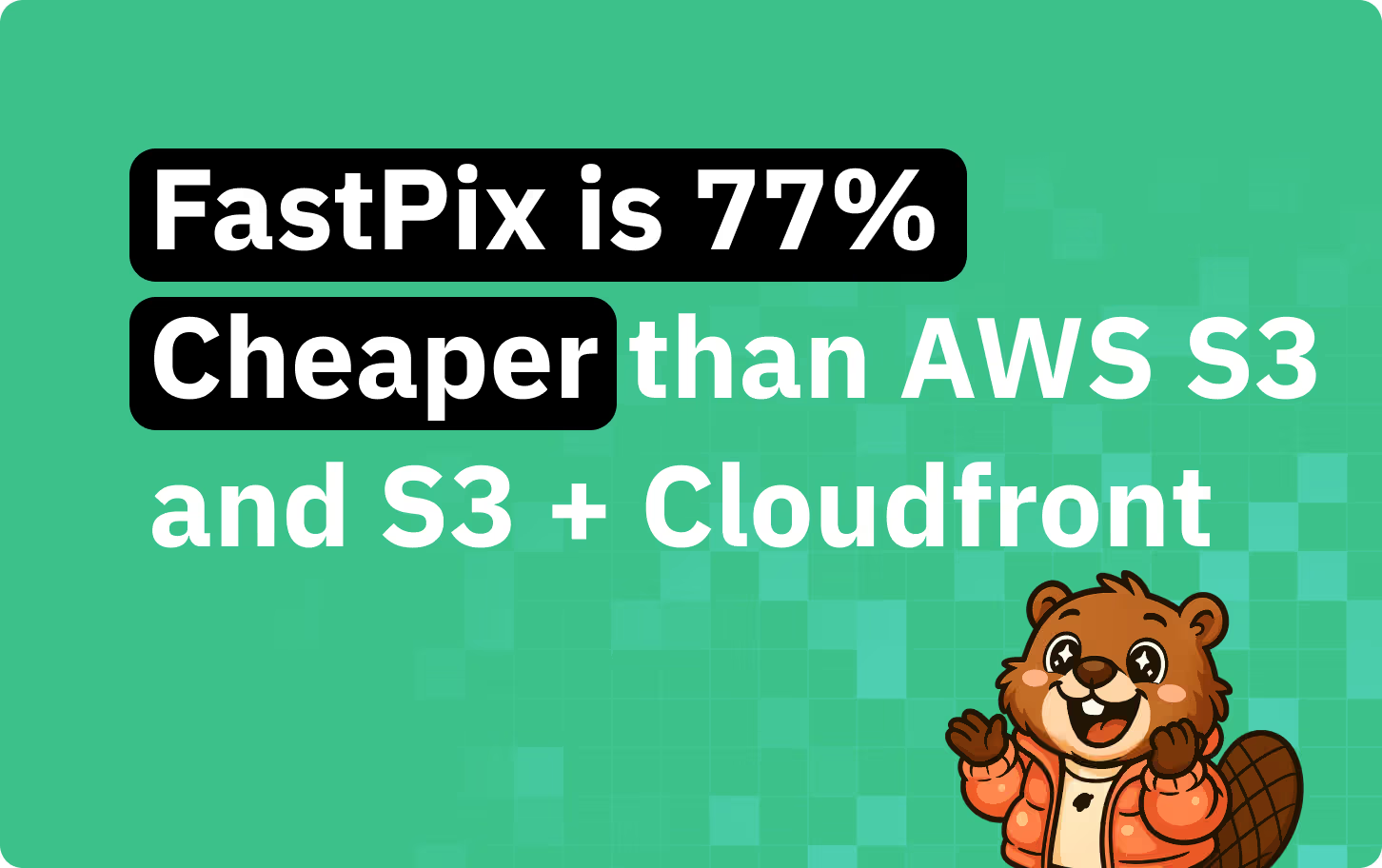MP4
MP4 serves as a digital container file, functioning as an enveloping structure for video content, distinct from the video itself. Within this container, one can find compressed video data along with essential details required for seamless video playback.
Throughout the encoding process, a video file undergoes optimization to suit various platforms, applications, and devices. This optimization encompasses both compression, aiming to reduce the file size, and transcoding, which involves altering the video format.
In comparison to alternative video file formats, MP4 files typically exhibit greater compression, leading to smaller file sizes. Notably, the distinct compression of audio and video components contributes significantly to the commendable post-compression video quality associated with MP4.
Related terms
- Container
- Video players
Making video dead easy for developers
We’ve put together valuable insights in the form of blogs and guides. Check’m out
.svg)
.svg)






.jpg)
.png)
.jpeg)
.png)



%20for%C2%A0%20%C2%A0AWS%20vs%20FastPix%201%20(1).png)



























.png)











.png)























%20for%20news%20and%20broadcasting.png)








.png)


















.png)

.png)

